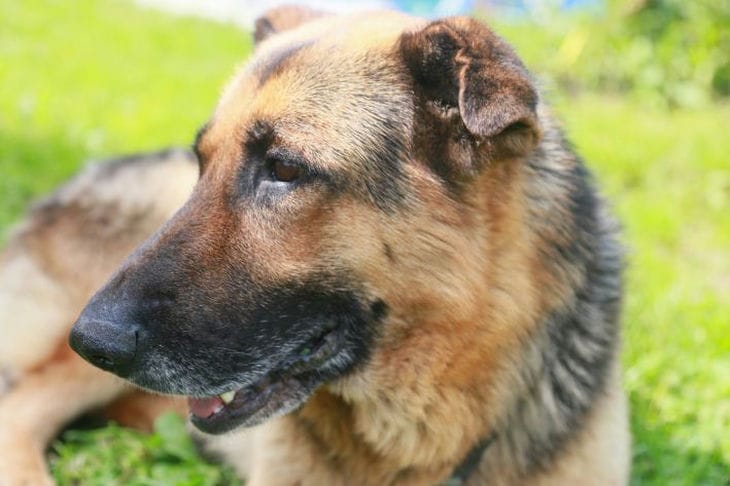Dogs can't communicate how they're feeling in words, but their behavior can tell a lot to an attentive owner.
Being able to recognize signs of pain in a pet is an important skill for every owner.
Early detection of the problem will help to start treatment faster and alleviate the animal’s suffering.
Changes in behavior
The first thing to pay attention to is changes in the dog's usual behavior. The animal may become more withdrawn, play less, or, conversely, show unusual anxiety.
The dog may seek solitude, hide in quiet places or, on the contrary, try to be closer to the owner, seeking protection and comfort.

Changes in appetite
Pain often affects the animal's appetite. The dog may refuse food or drink less water than usual.
In some cases, especially if there are dental or jaw problems, your pet may show interest in food but not eat due to pain when chewing.
Sleep disorders
Painful sensations can disrupt the dog's sleep patterns. The pet may become more restless at night, change positions frequently, or, conversely, sleep more than usual in an attempt to regain strength and avoid discomfort.
Changes in movements
If your dog has joint or muscle pain, he may limp, move less, or avoid certain activities, such as climbing stairs. He may also be reluctant to play games he once enjoyed or tire quickly on walks.
Vocalization
Some dogs may make unusual sounds when they are in pain, such as whining, moaning, or even growling, especially when trying to lie down or stand up. These sounds may be amplified when the painful area is touched.
Changes in breathing
Pain can cause changes in the dog's breathing. It may become more rapid and shallow, or, conversely, heavier and deeper. Some dogs may pant or huff when in severe pain.
Changes in grooming
A dog may excessively lick or bite a certain part of the body if pain is localized there. However, in some cases, the animal, on the contrary, may stop grooming itself due to general malaise.
Changes in facial expressions
An attentive owner may notice changes in the dog's facial expression. The animal may squint, wrinkle its nose, or keep its mouth slightly open. The look may become more intense or distant.
Changes in posture
A dog may adopt unusual postures in an attempt to relieve pain. For example, if your pet has stomach problems, they may arch their back or adopt a "praying posture" - with their paws extended forward and their butt raised.
Aggressive behavior
Some dogs may become uncharacteristically aggressive when in severe pain, especially when someone tries to touch the sore spot. Even the friendliest dog may snap or try to bite if touching causes pain.








